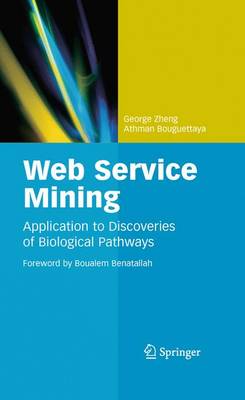The new computing environment enabled by advances in service oriented arc- tectures, mashups, and cloud computing will consist of service spaces comprising data, applications, infrastructure resources distributed over the Web. This envir- ment embraces a holistic paradigm in which users, services, and resources establish on-demand interactions, possibly in real-time, to realise useful experiences. Such interactions obtain relevant services that are targeted to the time and place of the user requesting the service and to the device used to access it. The bene?t of such environment originates from the added value generated by the possible interactions in a large scale rather than by the capabilities of its individual components se- rately. This offers tremendous automation opportunities in a variety of application domains including execution of forecasting, of?ce tasks, travel support, intelligent information gathering and analysis, environment monitoring, healthcare, e-business, community based systems, e-science and e-government. A key feature of this environment is the ability to dynamically compose services to realise user tasks. While recent advances in service discovery, composition and Semantic Web technologies contribute necessary ?rst steps to facilitate this task, the bene?ts of composition are still limited to take advantages of large-scale ubiq- tous environments. The main stream composition techniques and technologies rely on human understanding and manual programming to compose and aggregate s- vices. Recent advances improve composition by leveraging search technologies and ?ow-based composition languages as in mashups and process-centric service c- position.
- ISBN13 9781441965387
- Publish Date 25 June 2010
- Publish Status Active
- Publish Country US
- Imprint Springer-Verlag New York Inc.
- Edition 2010 ed.
- Format Hardcover
- Pages 136
- Language English
